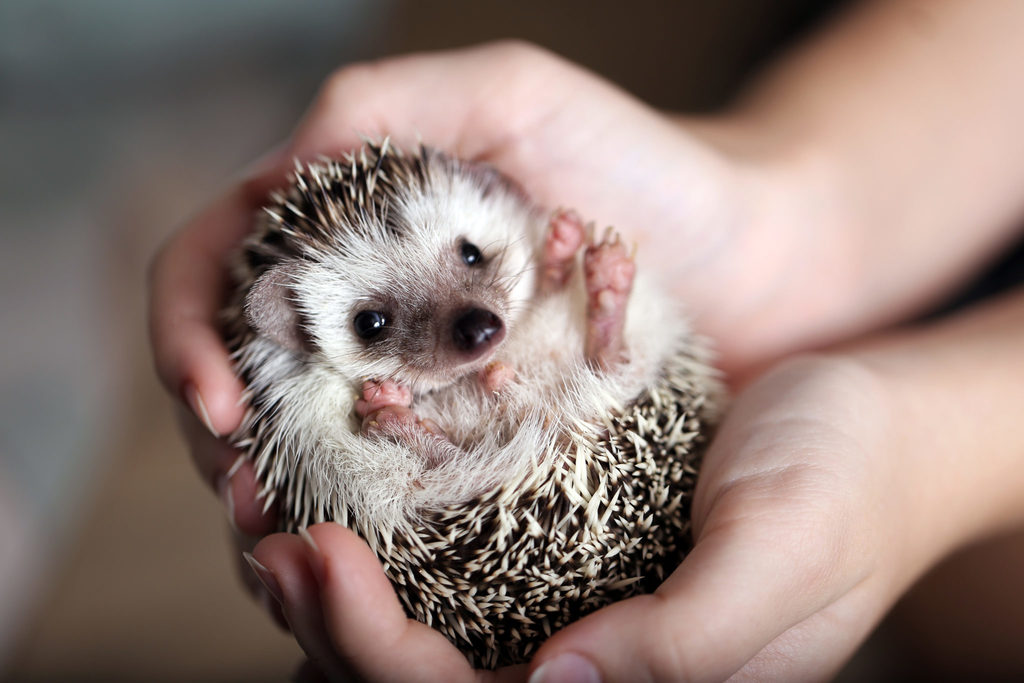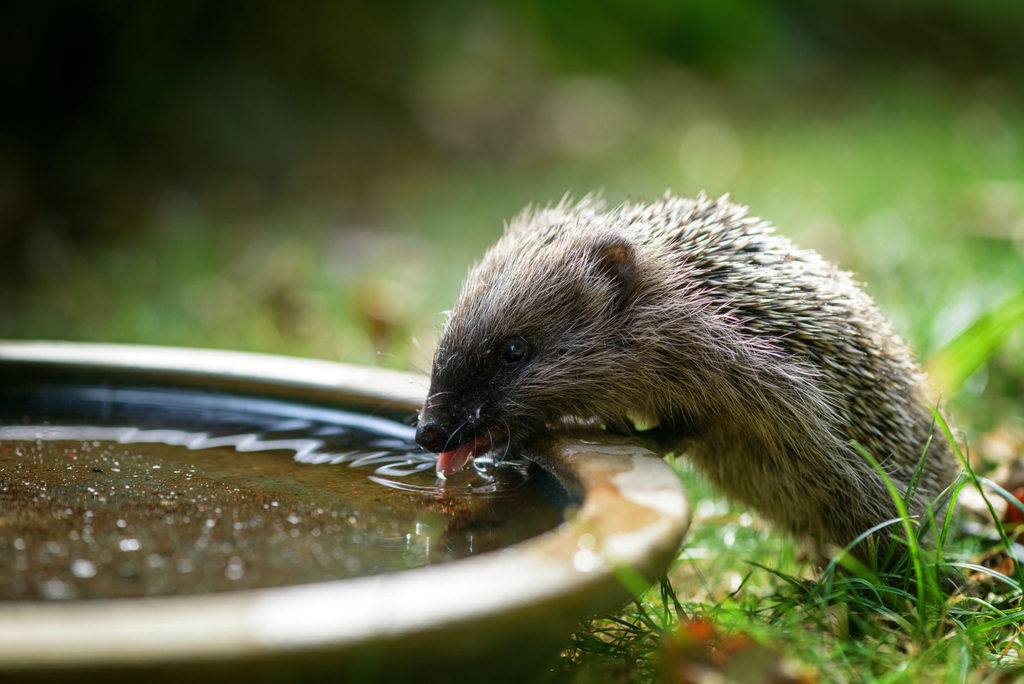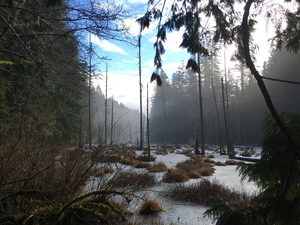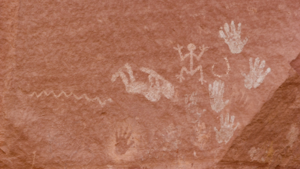When did you last see a Hedgehog?
In the last month?
The last six months?
The amount of Hedgehogs in rural countryside areas has halved in the past twenty years. So what can you do to save these adorable balls of spikes?
In 1950, the estimated population of Hedgehogs living in the United Kingdom was 30 million. In less than 100 years we have seen an astronomical decline of this beautiful species to just 523,000 reported in the UK in 2018. This means that in only 70 years we have seen a loss of 2,477,000 Hedgehogs in the United Kingdom alone!
“Hedgehogs are one of the UK’s most treasured animals with an important role in our heritage and natural environment.”- Elizabeth Truss (environment Secretary).
In July, Hedgehogs were added to the ‘Union for the Conservation of Nature’s (IUCN) Red List.‘ Hedgehogs are now an internationally recognized vulnerable mammal. If we don’t work together to create a better environment for Hedgehogs then we will be alive to see them become extinct.
Why is this happening?
Since the turn of the century, we have seen a great change in our landscape. This is shown from intense farming to our increased need for new roadways and housing. This has meant that Hedgehogs have been pushed out of their habitats, as well as losing vital food and water supplies.
Use of pesticides on crops and small scale agriculture farming means that Hedgehogs can no longer eat most of the food available to them, such as slugs. Habitat loss plays a major part too, as larger fields and the loss of hedges and copses result in fewer nesting sites and less protection for hedgehogs.
As roadways are formed it also makes it harder for Hedgehogs to travel and they can become isolated, meaning that small groups of Hedgehogs are dying off through lack of partners to mate with. Unfortunately, if these Hedgehogs do then decide to make the treacherous journeys across motorways, dual carriageways, and country lanes-collisions with vehicles are one of the most common forms of mortality in hedgehog populations.
Hedgehogs have also encountered a new predator within the past forty years. Badgers. Since the 1980’s the UK has seen a staggering 85% increase in our Badger population. This is great news for Badgers- but unfortunately not such great news for Hedgehogs. Badgers are one of the only mammals capable of unrolling Hedgehogs, making their usual defence tactics useless.

What can you do?
As sad as it is that Hedgehog populations are dying out, there is so much that can be done before the damage is irreversible. But it can only be achieved if we all chip in and work together to help this beautiful species. No action taken is too small.
One way of helping the Hedgehogs is by simply creating a small hole in your fence. This way Hedgehogs can come in and out and feed on the bugs you may not want to see as much, slugs, worms and beetles included. Providing water is another great way to help- just leaving out a small bowl of water means that if a Hedgehog does come by they can refresh and hydrate.
If you have long grass, or you work in an environment that you know is full of long grass then make sure the grass is checked before strimming/ mowing the area. Most Hedgehog injuries are caused by strimmers due to the gardener not seeing the sleeping Hedgehog in the grass.
Avoid the use of slug pellets on your plants. Slug pellets contain metaldehyde which is highly toxic to Hedgehogs and kills them straight away. Even the so-called ‘Wildlife-friendly pellets’ contain ferric phosphate which takes slugs and snails right out of the food chain. This is the very food that Hedgehogs rely on to bulk up fat ready for hibernation in the winter. In short, if you don’t use slug repellent the Hedgehogs will be able to eat the slugs and everyone can sleep happy. Literally.
You can also support directly by heading to this fundraising page for the Cornwall Wildlife Trust.

If you have enjoyed this article and would like to find out more about how to sustain wildlife, give our other blogs a read! Below I have linked a couple of our blogs that directly impact animals, but we also have so many blogs with information on sustainability and how to run a planet and people-friendly company – so be sure to have a look through all of our blogs!



